 In addition to the rather exotic projects, such as, for example, a huge steam-powered submarines for action with the Navy type “K”, or underwater monitors of the “M”, the British Navy continued to “correct” the development of a universal underwater “Admiralty” boats long range, launched in 1908, a type “D”. We remember that the most successful boats made basically the severity of the First world war, were three series of the type “E”, built in the beginning of the war until its end. However, the designers did not intend to stop there.
In addition to the rather exotic projects, such as, for example, a huge steam-powered submarines for action with the Navy type “K”, or underwater monitors of the “M”, the British Navy continued to “correct” the development of a universal underwater “Admiralty” boats long range, launched in 1908, a type “D”. We remember that the most successful boats made basically the severity of the First world war, were three series of the type “E”, built in the beginning of the war until its end. However, the designers did not intend to stop there.
Read more

 Igor Sikorsky, an outstanding Russian aircraft designer and industrialist, was one of the pioneers of aviation in Russia. Characteristically, the first aircraft built by Sikorsky in the years 1908-1911 was the coaxial helicopters. Powerful enough engines don’t allow these helicopters to take off, but sympathy for these unusual cars he kept for life.
Igor Sikorsky, an outstanding Russian aircraft designer and industrialist, was one of the pioneers of aviation in Russia. Characteristically, the first aircraft built by Sikorsky in the years 1908-1911 was the coaxial helicopters. Powerful enough engines don’t allow these helicopters to take off, but sympathy for these unusual cars he kept for life.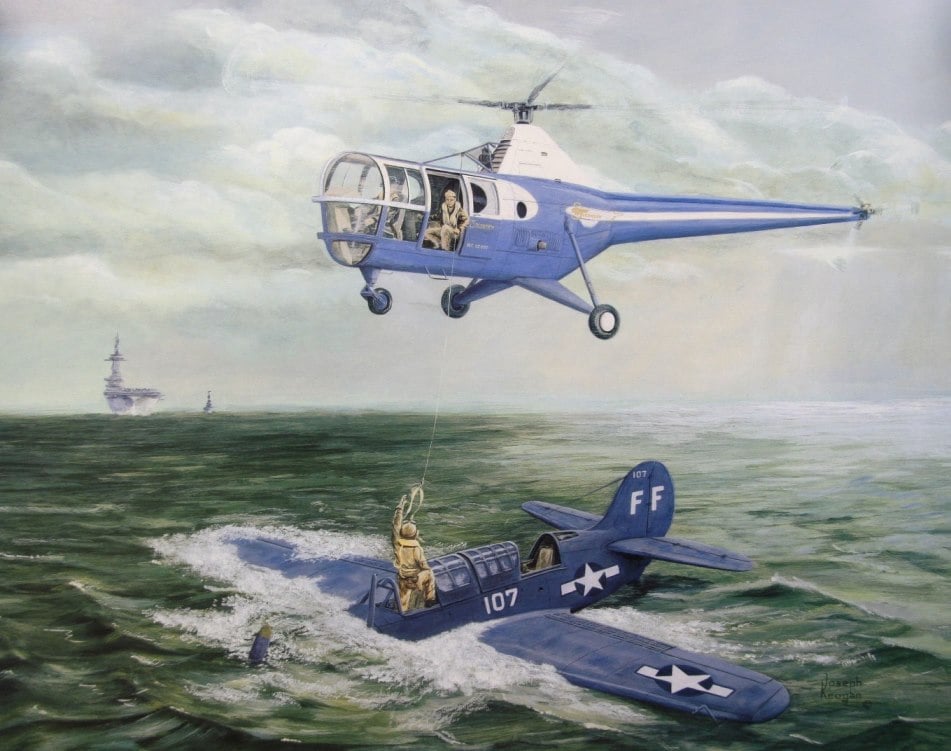
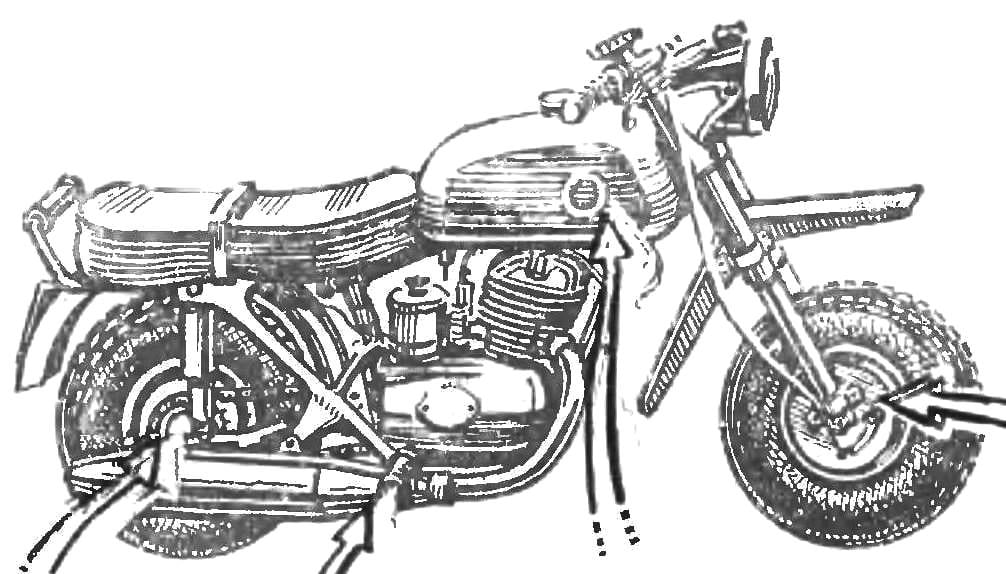
 The idea of creating our “Donkey” arose almost by accident. Once the chefs gave us a written off motorcycle To the 125 without wheels. Original spare wheels we had, we decided on the first case to fit available handy motorolleri — with hubs and discs from the T-200.
The idea of creating our “Donkey” arose almost by accident. Once the chefs gave us a written off motorcycle To the 125 without wheels. Original spare wheels we had, we decided on the first case to fit available handy motorolleri — with hubs and discs from the T-200.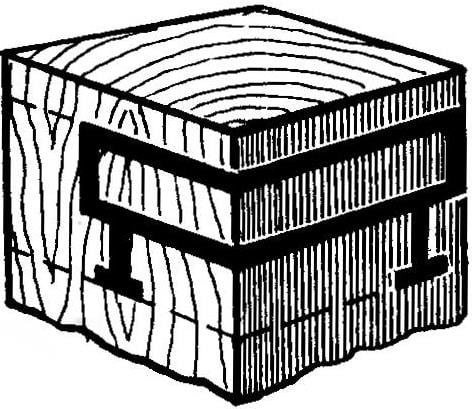
 In the manufacture of furniture and then have to drill, cut or hollowed holes to connect the wooden piece. For this we first have to perform a large number of marking operations. To facilitate these preparatory operations will use the simplest patterns, which are easy to manufacture from thin cardboard.
In the manufacture of furniture and then have to drill, cut or hollowed holes to connect the wooden piece. For this we first have to perform a large number of marking operations. To facilitate these preparatory operations will use the simplest patterns, which are easy to manufacture from thin cardboard.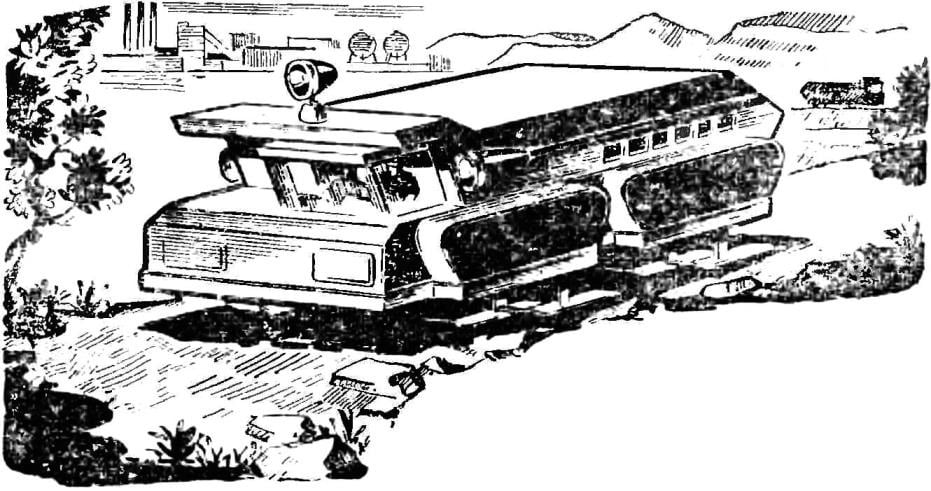
 Existing models of walkers have several major disadvantages: the speed of these machines is usually not more than 8-10 km/h; they move irregularly or are experiencing vibrations in the vertical plane; walking mechanisms are mutually unstable.
Existing models of walkers have several major disadvantages: the speed of these machines is usually not more than 8-10 km/h; they move irregularly or are experiencing vibrations in the vertical plane; walking mechanisms are mutually unstable.
 In addition to the rather exotic projects, such as, for example, a huge steam-powered submarines for action with the Navy type “K”, or underwater monitors of the “M”, the British Navy continued to “correct” the development of a universal underwater “Admiralty” boats long range, launched in 1908, a type “D”. We remember that the most successful boats made basically the severity of the First world war, were three series of the type “E”, built in the beginning of the war until its end. However, the designers did not intend to stop there.
In addition to the rather exotic projects, such as, for example, a huge steam-powered submarines for action with the Navy type “K”, or underwater monitors of the “M”, the British Navy continued to “correct” the development of a universal underwater “Admiralty” boats long range, launched in 1908, a type “D”. We remember that the most successful boats made basically the severity of the First world war, were three series of the type “E”, built in the beginning of the war until its end. However, the designers did not intend to stop there.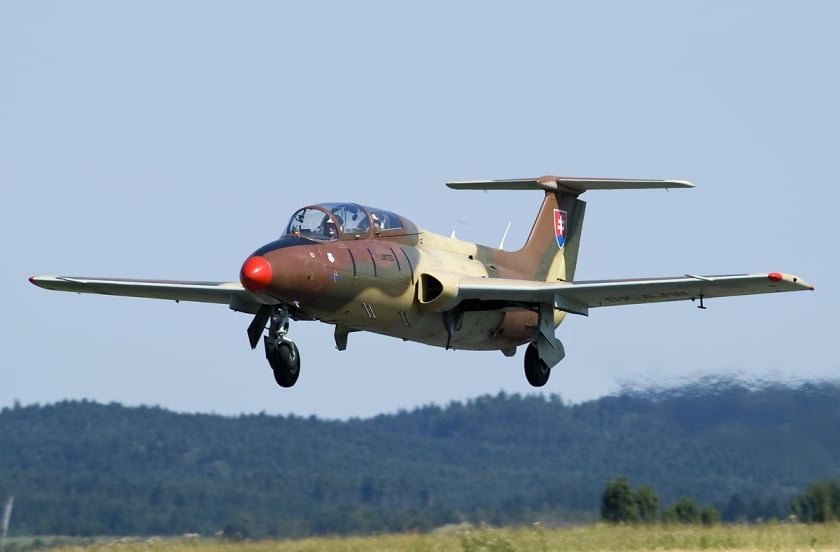
 The development of L-29 was started in 1955, took the initiative by a group of engineers from the Research and test flight Institute of Czechoslovakia. First flight of L-29 made the April 5, 1959 L-29 Czechoslovak is the first serial jet car. In 1961, by decision of the Soviet government for political reasons he was selected as the main training aircraft of the countries-participants of the Warsaw Treaty Organization. This decision was not fair – L-29 was lost to the Yak-30 in all the parameters was heavier on 765 kg had a 30% lower thrust-to-weight, 33% less range and less speed.
The development of L-29 was started in 1955, took the initiative by a group of engineers from the Research and test flight Institute of Czechoslovakia. First flight of L-29 made the April 5, 1959 L-29 Czechoslovak is the first serial jet car. In 1961, by decision of the Soviet government for political reasons he was selected as the main training aircraft of the countries-participants of the Warsaw Treaty Organization. This decision was not fair – L-29 was lost to the Yak-30 in all the parameters was heavier on 765 kg had a 30% lower thrust-to-weight, 33% less range and less speed.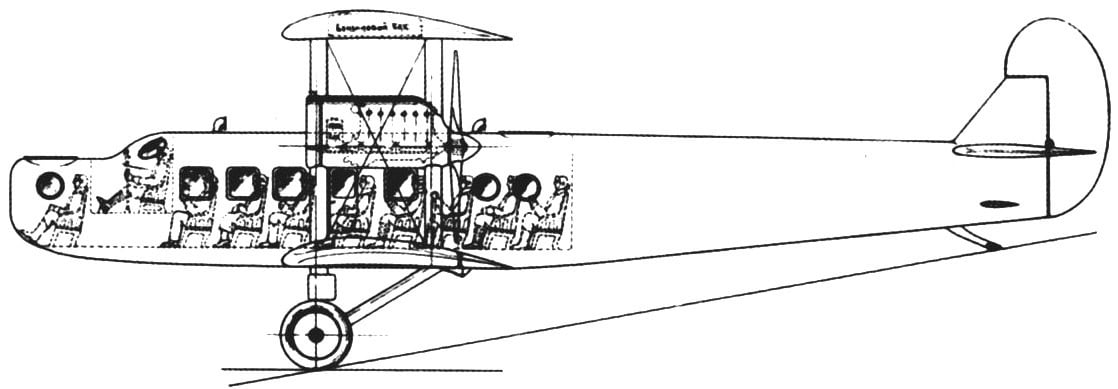
 With the end of the Civil war in Russia and the formation of the Soviet Union began intensive development of commercial aviation. July 15, 1923, opened the first regular air line Moscow – Nizhny Novgorod. For three and a half months by air it was transported by 270 people. In the following year there was a line Odessa – Kharkov, Moscow – Kharkov, and others. The development of Civil aviation is objectively required the creation of a passenger aircraft. One of the developers of passenger “air carriers” was the aircraft factory No. 1, former “Dux”, where in 1925, the engineering team headed by H. H. Polikarpov, and A. A. Semenov established a five-plane PM-1.
With the end of the Civil war in Russia and the formation of the Soviet Union began intensive development of commercial aviation. July 15, 1923, opened the first regular air line Moscow – Nizhny Novgorod. For three and a half months by air it was transported by 270 people. In the following year there was a line Odessa – Kharkov, Moscow – Kharkov, and others. The development of Civil aviation is objectively required the creation of a passenger aircraft. One of the developers of passenger “air carriers” was the aircraft factory No. 1, former “Dux”, where in 1925, the engineering team headed by H. H. Polikarpov, and A. A. Semenov established a five-plane PM-1.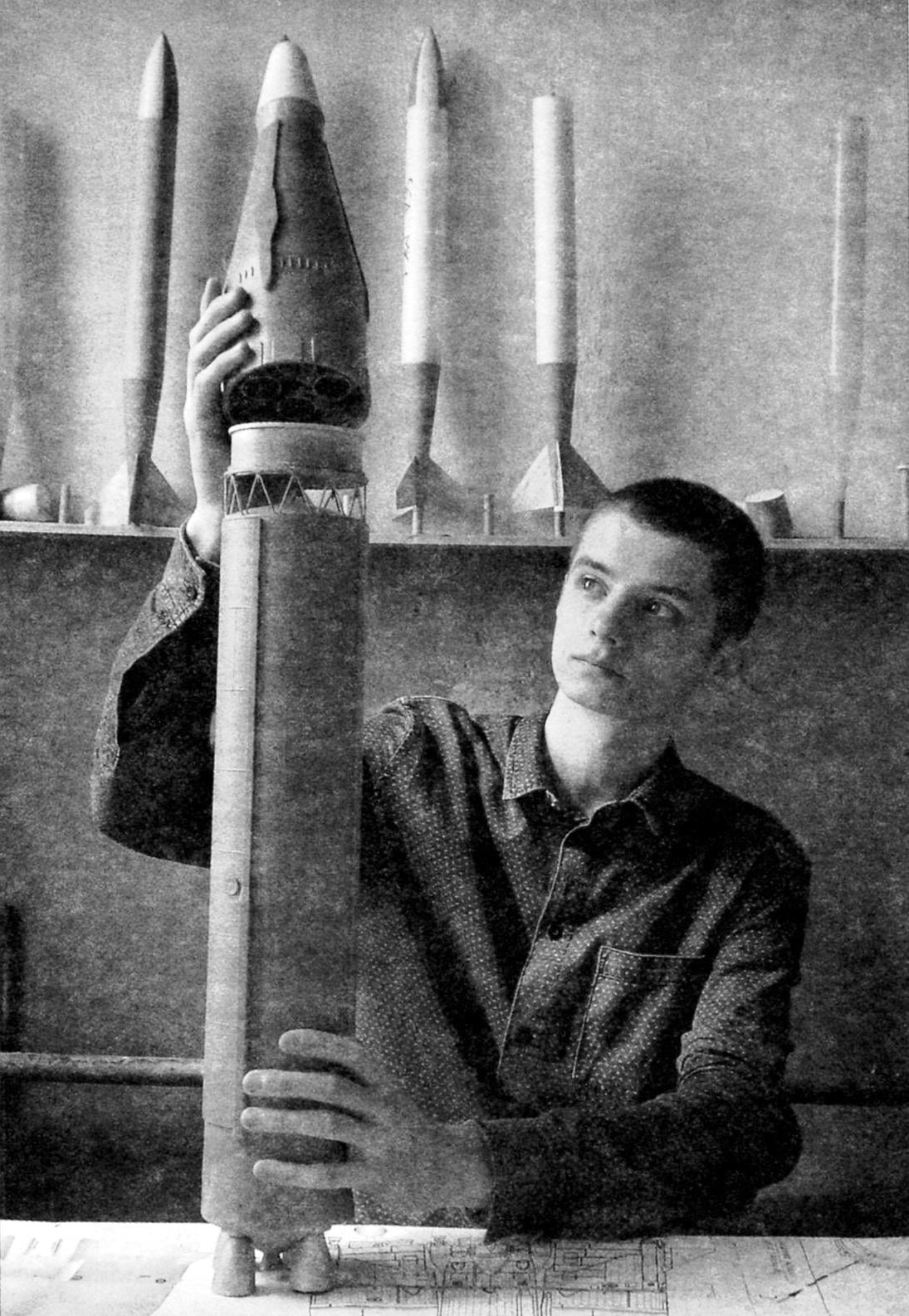
 With the proposal of developing a new Intercontinental ballistic missile operating on liquid oxygen and kerosene, and in 1958 was made by the Council of Chief designers. While its weight was not to exceed 100 tons, which is almost three times less than the starting mass of the rocket R-7 – the famous “seven”.
With the proposal of developing a new Intercontinental ballistic missile operating on liquid oxygen and kerosene, and in 1958 was made by the Council of Chief designers. While its weight was not to exceed 100 tons, which is almost three times less than the starting mass of the rocket R-7 – the famous “seven”.
 Little micro-car “Buddy” machine… for kids. It was created in a laboratory experimental simulation and design Club for young technicians Novosibirsk Akademgorodok. Despite its small size, it all like a real car: engine, transmission, driveshaft, closed rear axle with a differential and other components.
Little micro-car “Buddy” machine… for kids. It was created in a laboratory experimental simulation and design Club for young technicians Novosibirsk Akademgorodok. Despite its small size, it all like a real car: engine, transmission, driveshaft, closed rear axle with a differential and other components.

 Such a transformation that my construction readily admits. Moreover, the possibility of replacement ski floats, making it easy to turn a land car in “waterfowl”. Flat “breaking” the frame of the snowmobile hromansilevyh welded from pipes. The front part is a double cabin crew back — powerplant based on the engine of the motorcycle “Dnepr”. The cabin has a roll cage and aluminum siding.
Such a transformation that my construction readily admits. Moreover, the possibility of replacement ski floats, making it easy to turn a land car in “waterfowl”. Flat “breaking” the frame of the snowmobile hromansilevyh welded from pipes. The front part is a double cabin crew back — powerplant based on the engine of the motorcycle “Dnepr”. The cabin has a roll cage and aluminum siding.